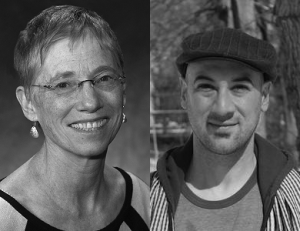 Authors: Patricia Aufderheide & Aram Sinnreich
Authors: Patricia Aufderheide & Aram Sinnreich
Abstract: This study, based on a survey of 489 documentary filmmakers, is a case study in copyright policy in and through practice. It assesses the changes in documentary production practice around clearance of copyrighted material since the creation of the Documentary Filmmakers’ Statement of Best Practices in fair use in 2005.
Fair use, an exotic and occasional feature of documentary film in 2004, has become well known and commonly employed. Creative options for filmmakers concerning the use of third-party material have dramatically improved with changes in norms after the issuing of the Statement. Attitudes about fair use are strongly associated with free expression and creative opportunity, and vary with experience. Where filmmakers have changed work because of copyright concerns, they themselves rather than any gatekeeper have made the decision to do so. Where change is associated with fair use, risk is a common concern. Newer filmmakers are more likely to support the use of copyrighted material to make new work, but less likely to know about fair use, and also more likely to have experienced takedowns online. Both education about and experience with fair use appear to have an effect on practice. Filmmakers continue to lack reliable information on the actual risk landscape, and about fair use on digital platforms.
Citation: Aufderheide, Patricia and Sinnreich, Aram, Documentarians, Fair Use and Free Expression: Changes in Copyright Attitudes and Actions with Access to Best Practices (May 6, 2015). Communication, Information and Society, Published online before print May 2015, 1-10. doi: 10.1080/1369118X.2015.1050050.
Full Text: http://papers.ssrn.com/sol3/papers.cfm?abstract_id=2603400




